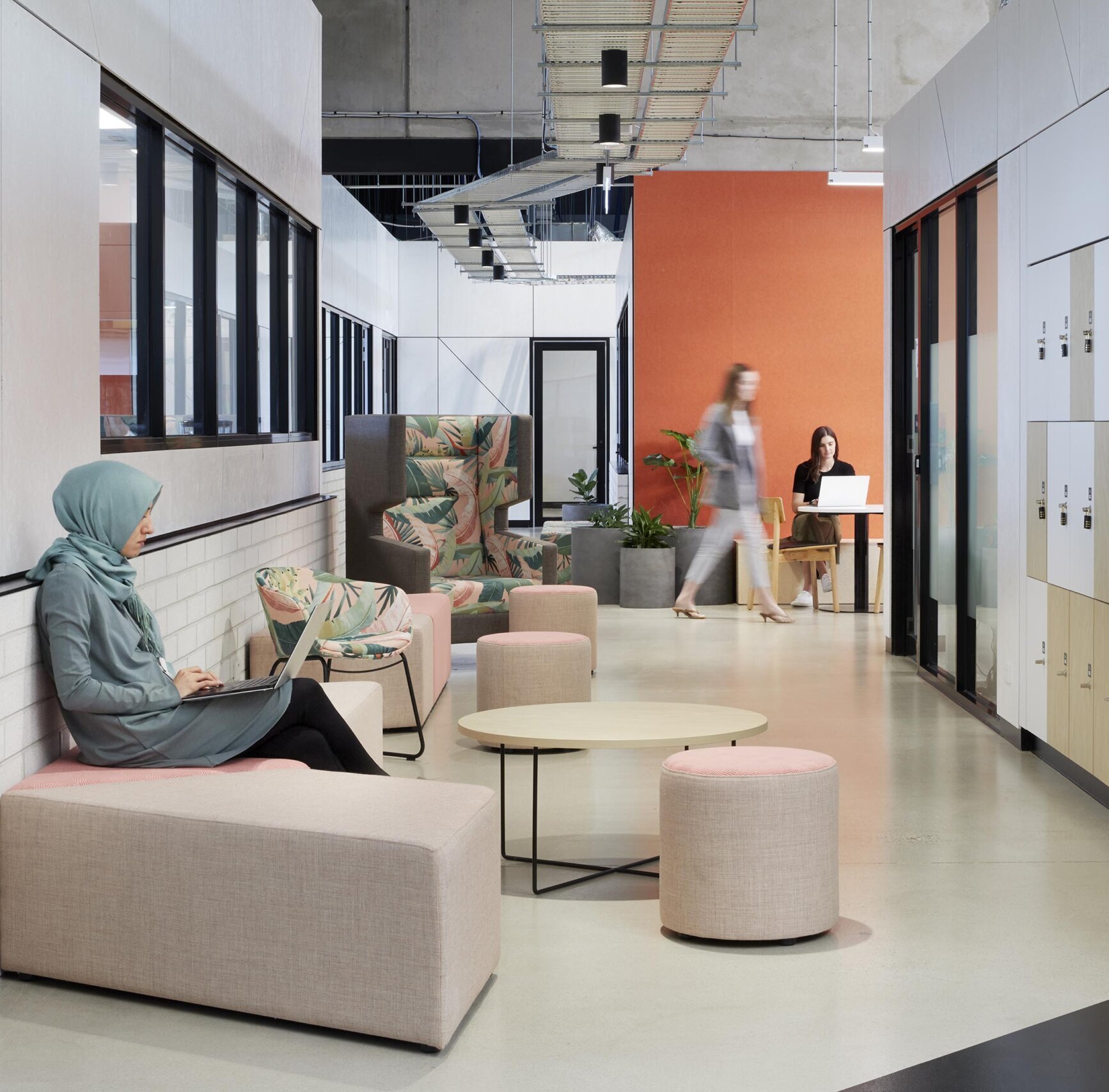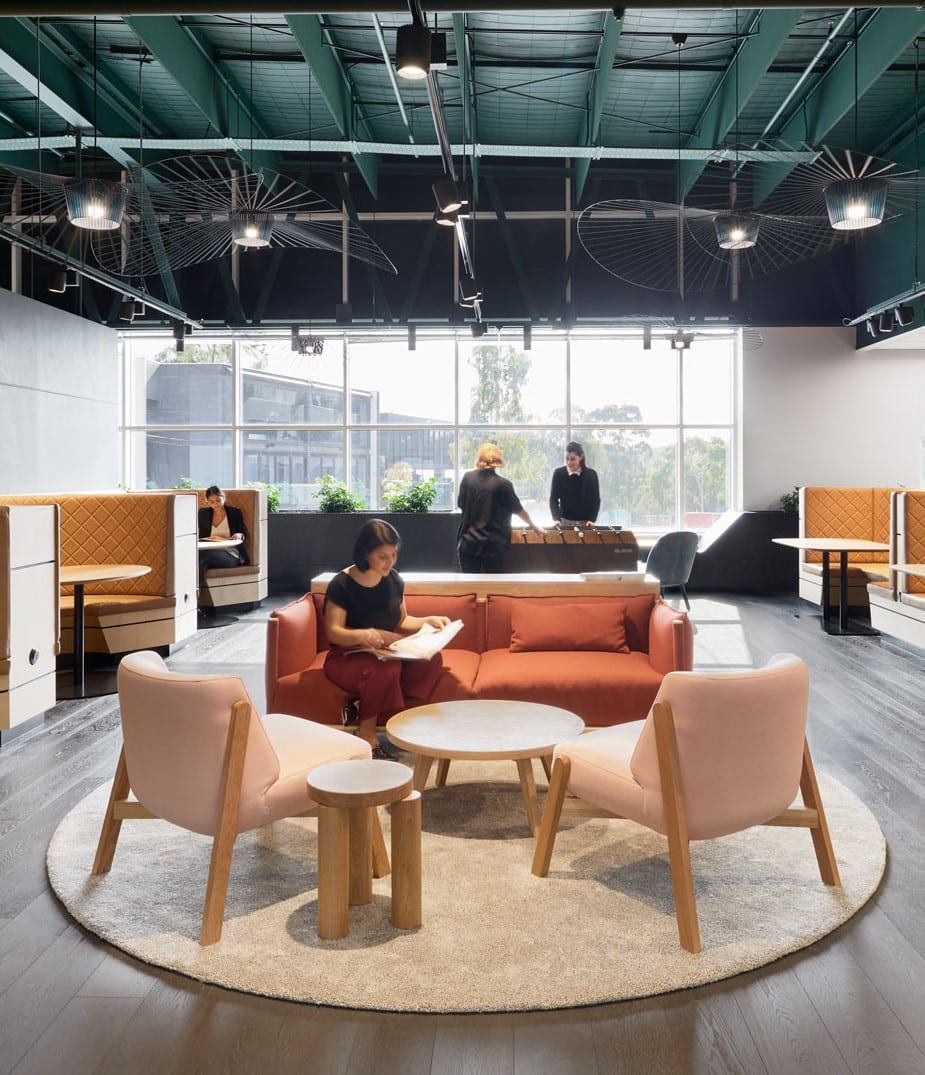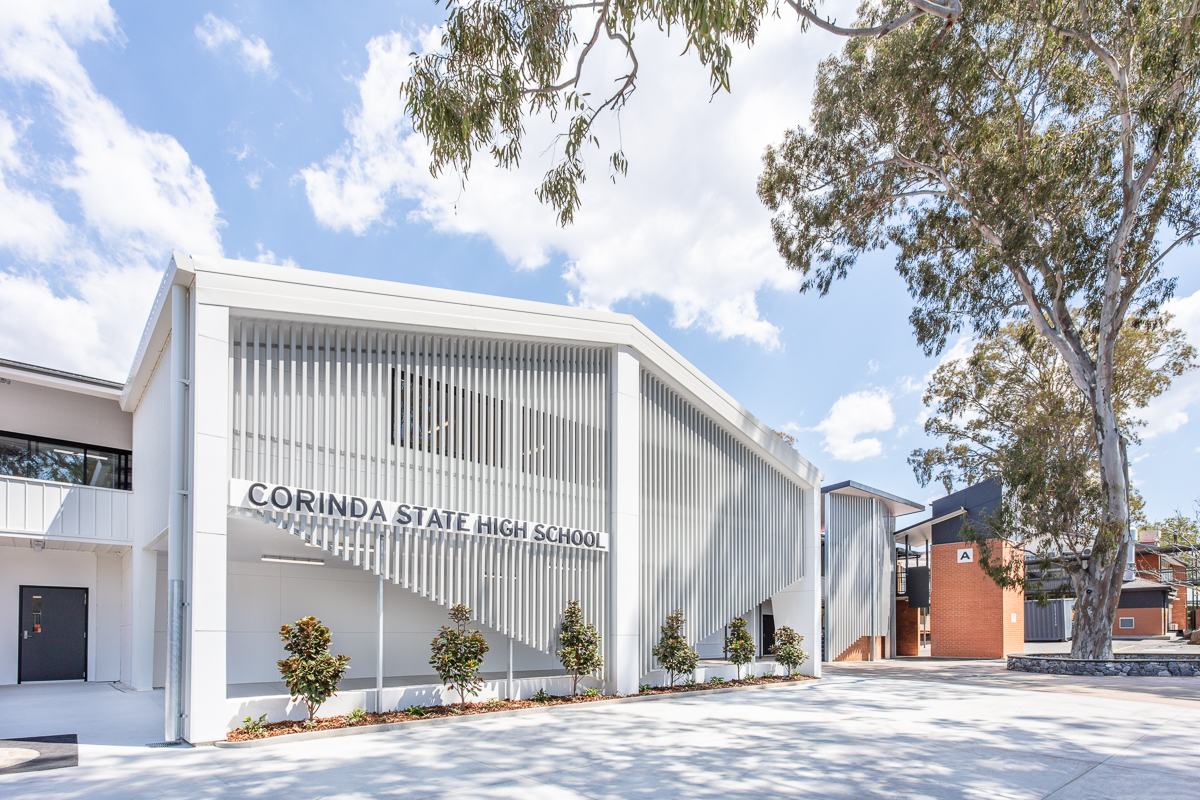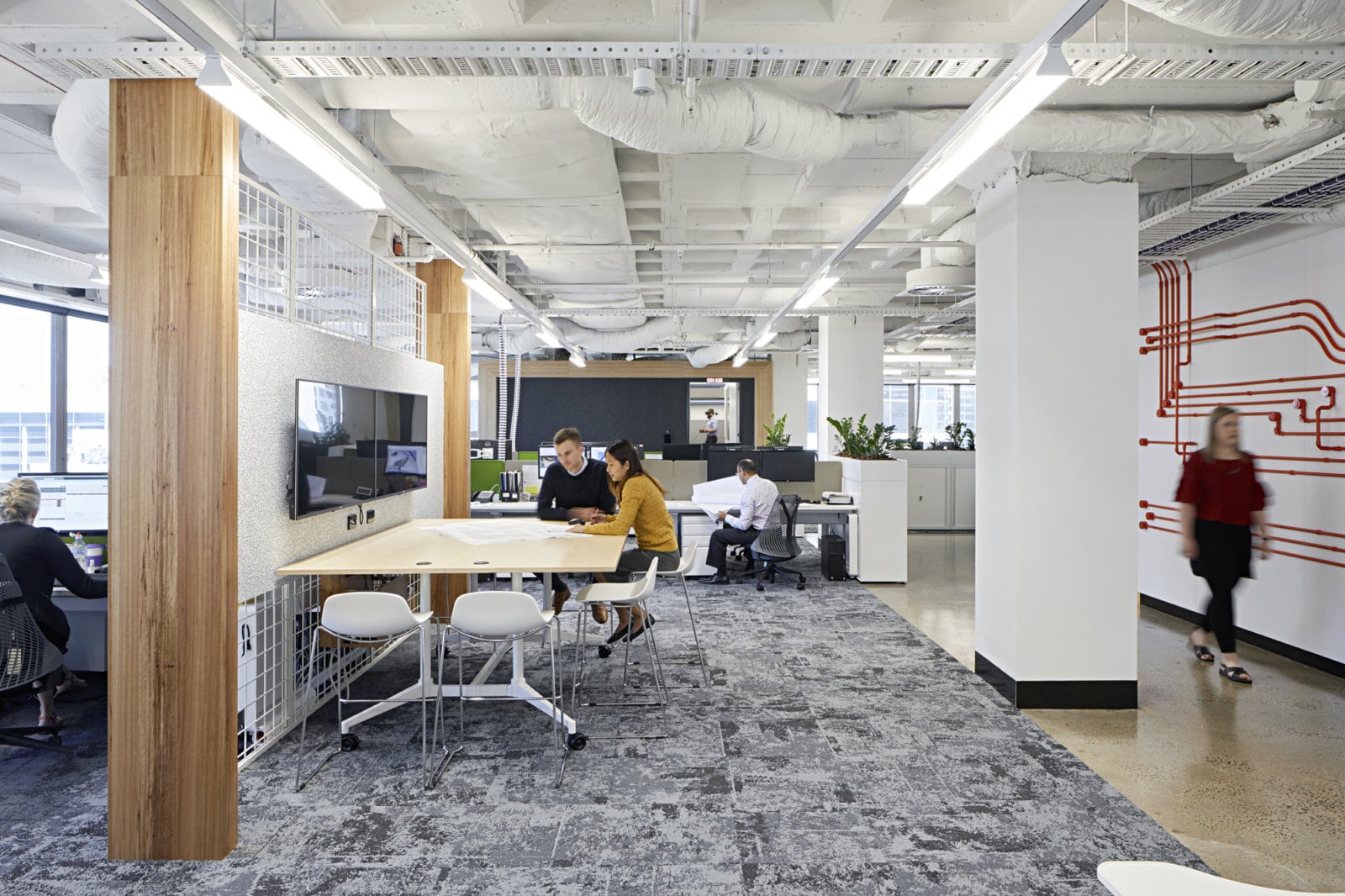This pandemic has made architects and designers rethink the way they design for commercial space. First port of call is the workplace, which is being re-imagined to appeal to a workforce that’s generally benefitted from the strict work-from-home orders that Covid necessitated. It’s also being informed by employers who have had to find new ways to make their teams’ return to the office more attractive.
Gray Puksand’s Post-Covid Workplace Research paper outlines 12 workplace performance metrics to aid in understanding people’s current expectations around their workplace. Based on these resulting criteria, the practice suggests the most successful workplace designs allow individuals to identify the workplace as providing more opportunities than anywhere else for them to work effectively. To describe such an environment, Gray Puksand recently coined the term ‘magnetic workplace’.
As Donna Wheatley, partner at Gray Puksand, explains, “A magnetic workplace uses that space and the experience of being in that particular space to draw staff in, rather than force them to be there. It’s a workplace that is undeniably more effective at enhancing an individual’s performance than, say, working from home would, ultimately making the space so appealing that it’s clearly the better option for all involved.”
Importantly, the magnetic workplace doesn’t rule out the option for remote working. In fact, it acknowledges that working from home has its advantages and promotes flexibility to accommodate these. The key is to incorporate the best parts of working from home into the workplace. Of course, not everything about working from home can be replicated – the commute can’t be removed, for example – but the improved sense of physical wellbeing that people report they have when working from home, can be. So it becomes about creating spaces and opportunities for people to exercise in the workplace; to eat healthy and to stand up rather than sit down all day.
People also report having better focus at home and this too can be replicated, with focus pods a part of the magnetic workplace. However, it can be argued that focus time is better spent at home and that the workplace needs to prioritise strong interactive spaces instead. “We need to understand what’s making people more productive in the office and provide spaces that enable higher performance from staff,” says Wheatley. “From the top down, we also look at what the organisation’s brand, culture and aspirations are and incorporate these into the workplace via experiential design.”
In this respect, a magnetic workplace is a magnet for clients too. It functions as a curated experience and the design works to elicit an emotional response that is memorable. The magnetic workplace doesn’t water down an organisation’s brand, rather it highlights it to make the client experience all the more distinct, conveying aspects of the organisation without needing explanation.
This element of communication is integral and characterises every point of the design process, from research and development to outcome. A magnetic workplace never follows a one-size-fits-all approach and its customisation, based on solid design thinking and understanding, is what keeps both staff and clients coming back.





